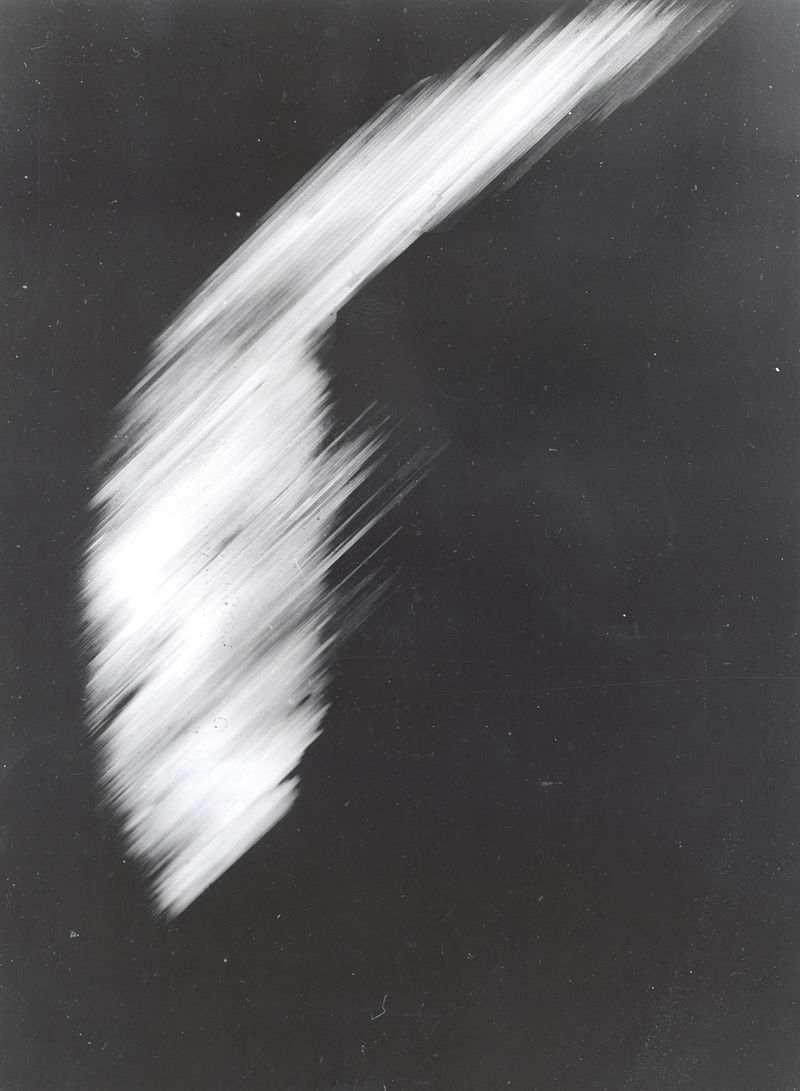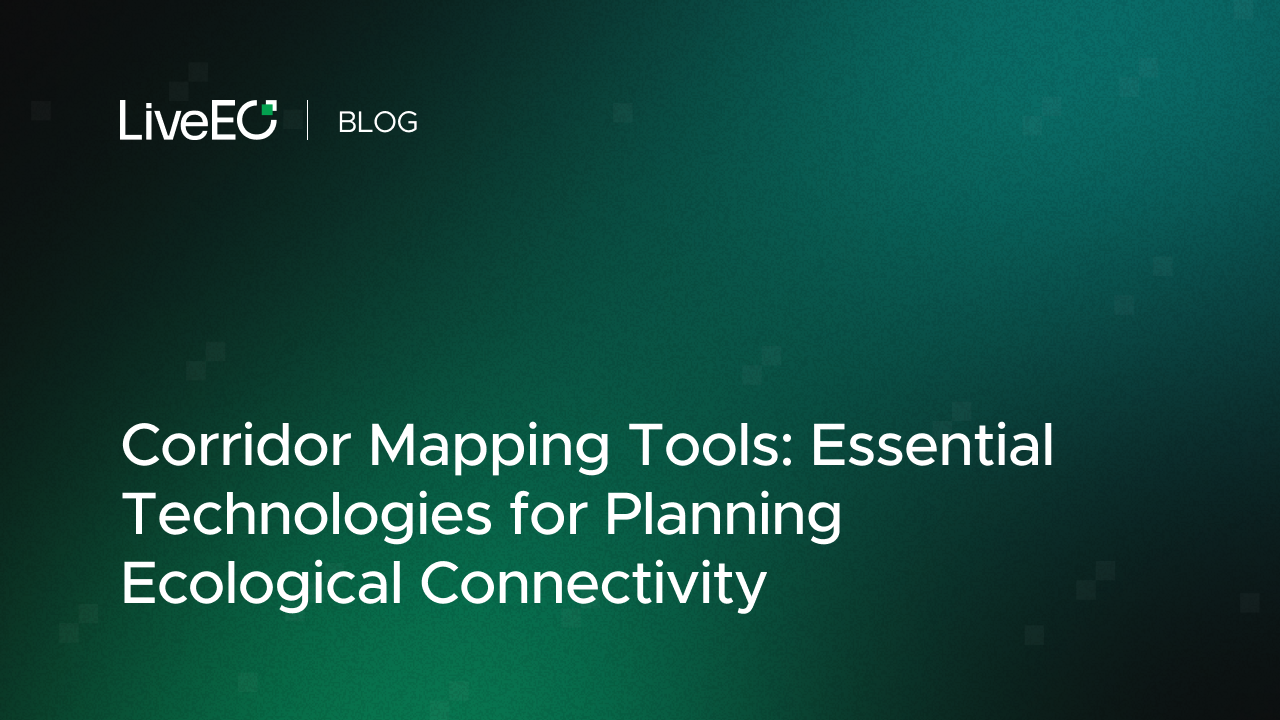Seeing things from a higher vantage point is what we humans tend to do when we need to solve problems that are large-scale in nature. So it is not surprising that Earth observation is one of the most vital applications of space technology.
Modern Earth observation began as early as 1957, when the first artificial Earth satellite, Sputnik 1, was launched into Orbit by the Soviet Union. Among Sputnik’s scientific objectives, one was directly related to Earth observation, namely measuring the density of the Earth’s atmosphere. Two years later, the first camera-equipped satellite (Explorer 6) was launched from Cape Canaveral, Florida, and transmitted this first image of cloud cover over the Central Pacific ocean.

The first image captured by satellite ‘Explorer 6’
Much has happened since those early days. Modern satellites are not only equipped with much better optical sensors that capture high-resolution, multi-spectral imagery of the planet. But they are also designed to stay in orbit much longer than they used to. Today, satellites can be functional in orbit for as long as 28 years, a long way from Sputnik’s lifespan of 22 days!
As costs dropped, satellites skyrocketed
Longer lifetimes are essential because they mean longer monitoring times and cheaper service. After all, companies don’t need to launch another satellite to make up for the short lifetime of the first. In addition, the cost of launching satellites into orbit has fallen dramatically.
To illustrate: NASA’s space shuttle had a cost of about $1.5 billion to launch 27.5 tons of payload to Low Earth Orbit, which amounts to $54,500/kg. SpaceX promises to launch 22.8 tons for $62 million, which is only $2,720/kg and a reduction by a factor of 20! At the same time, the size and weight of Earth observation satellites have fallen significantly, with smaller CubeSats weighing no more than a few kilograms while being just as capable as their ton-heavy predecessors.

A CubeSat satellite
Combined with the increasing demand for Earth observations in various fields, the number of operational satellites in orbit increased to 2666 in April 2020. Consequently, every square foot of the Earth is captured by multiple satellites every day, making near real-time monitoring a reality.
The Data is here, Using it is the Challenge
With all these technological development aspects, we see more and more commercial applications for Earth observation services, such as the one offered by LiveEO’s Infrastructure Monitoring Solution. The major challenge today is not the lack of imagery for a particular area of interest. It is to organize and analyze the huge amounts of data in an automated way to derive actionable insights from them. At LiveEO, we have developed a highly scalable infrastructure and AI-driven software that excels at precisely this.
Find out how our AI-driven solution can help your business with real-world challenges here on Earth.
Get in touch!








